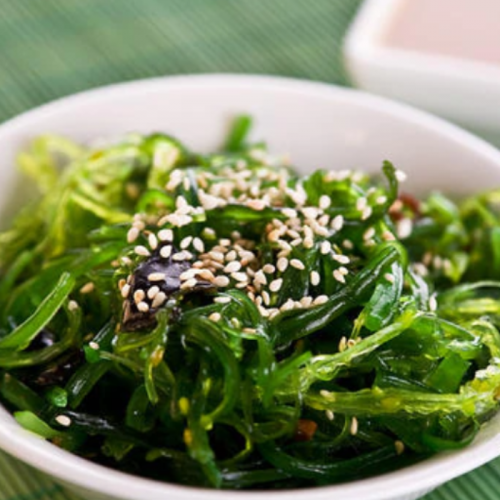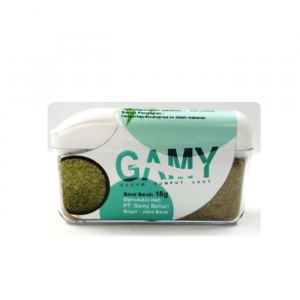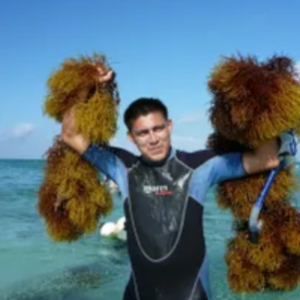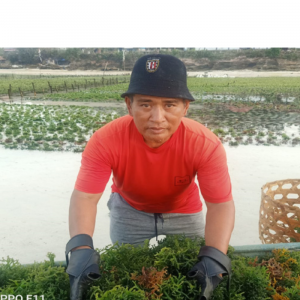
How Eating Seaweed can Supercharge Your Health and Save Our Oceans
| Wed, 30 Oct 2019 - 11:24

For centuries the world over, seaweed has been considered a healthy and accessible food for people living near the ocean.
The Indigenous people of south-central Chile – the Mapuche – have been using bull kelp (locally known as cochayuyo) as a food source for around 14,000 years.
In Japan, wakame (seaweed salad) and sushi are traditional staples. Meanwhile, in Korea, seaweed is considered a cornerstone of local cuisine. It’s often consumed as a snack after being salted and roasted in thin layers, added to soups and sprinkled over bibimbap.
This year, it was recognised as an ‘on-trend’ food, with more people recognising the health and sustainability benefits of the versatile sea vegetable.
The list of ancient cultures that recognise seaweed as a valued food source continues, ranging from New Zealand to Ireland, Greenland to Indigenous Australia and beyond.
And yet, seaweed is only just coming of age in western popular culture. Earlier this year, it was noted as an ‘on-trend’ food, with more people recognising the health and sustainability benefits of the versatile sea vegetable.
Why is seaweed a health food?
The reason that seaweed confers so many health benefits to the person consuming it is simple: it grows in or near salty waters and as such, contains the many vitamins and minerals found in the sea and sea vegetables.
Seaweed in all its forms – no matter if it’s kelp, dulse, wakame, algae or nori – is a supercharged food that’s rich in protein, carbohydrates and polyunsaturated fats.
The sea vegetable is abundant in iodine, which is beneficial in preventing the development of hypothyroidism (an underactive thyroid gland).
Seaweed contains omega-3 fatty acids, essential amino acids, antioxidants, iron and vitamins A, B, C and E.
As it’s also high in dietary fibre, seaweed is good for gut health and the regulation of blood sugar levels.
The sea vegetable is abundant in iodine, which is beneficial in preventing the development of hypothyroidism (an underactive thyroid gland). However, people with an overactive thyroid gland must be careful with the amount of iodine they consume in foods like seaweed and should be aware of the possibility of medicinal interactions.
Seaweed: a sustainable food source?
Damon Gameau, the filmmaker behind the environmental documentary 2040, is a seaweed fan. He tells SBS that one of the biggest surprises that emerged when making the film was the importance of seaweed to the future survival of the planet.
“We know that a lot of the fish populations are on the verge of collapse,” says Gameau. “We are in a bit of a fish crisis in terms of how much overfishing has gone on. So if we grow more seaweed in the ocean, it will help fish to lay their eggs in the ecosystem [and regenerate fish populations in the ocean].
“Seaweeds also pulls out enormous amounts of carbon from the atmosphere, which is what we want to happen to reduce greenhouse gas emissions.”
However, Gameau explains, the harsh truth is that some seaweeds in various locations throughout the world are dying off. For example, nearly all the kelp growing off the east coast of Tasmania has been wiped out due to the rising temperatures of the world’s oceans.
“The waters have become too warm due to global warming and they need cold water [to survive].”
On a positive note, he adds, seaweed is one of the fastest-growing organisms on the planet. Gameau, therefore, supports regenerative practices to encourage seaweed growth.
Earlier this year, the team behind 2040 joined together with The Climate Foundation, The Intrepid Foundation and the University of Tasmania to build Australia’s first seaweed platform, in Storm Bay near Hobart.
Gameau explains that the seaweed platform will be home to floating kelp forests, which will provide food, fuel and fertiliser while drawing down carbon dioxide from the atmosphere.
“Seaweed can grow up to half a metre a day, making it a turbocharged carbon sequester with lots of cascading benefits,” Gameau says on the 2040 Facebook page about the new initiative. “It is one of the most exciting climate solutions we have.”
Gameau now encourages more people to eat seaweed to increase demand for seaweed as a sustainable food source and, consequently, grow the global seaweed industry.
“I think if people start eating seaweed there will be more of a demand for people [and farmers] to grow more of it.”
Foods that feature seaweed, which are currently available from some supermarkets and most health food stores include kelp or dulse flakes, nori seaweed for sushi rolls, kelp sea seasoning, roasted seaweed snacks, seaweed salads and kelp noodles.
“Seaweed is quite an acquired taste and its not yet reached that point in society where it’s an accepted food everywhere,” he says. “But a lot of kelp products are now available in alternative health food shops: it’s a right of passage for these foods to be sold there first before they hit the mainstream.
“So I believe that over the next three-to-five years, seaweed will start to be used in a lot more products, which is a good thing because we want to see the [regenerative] seaweed industry kick started.”
Source : SBS






















